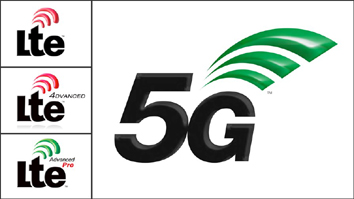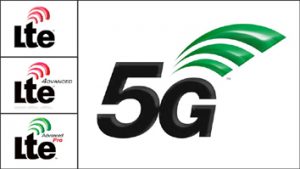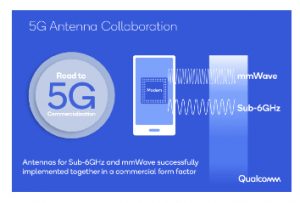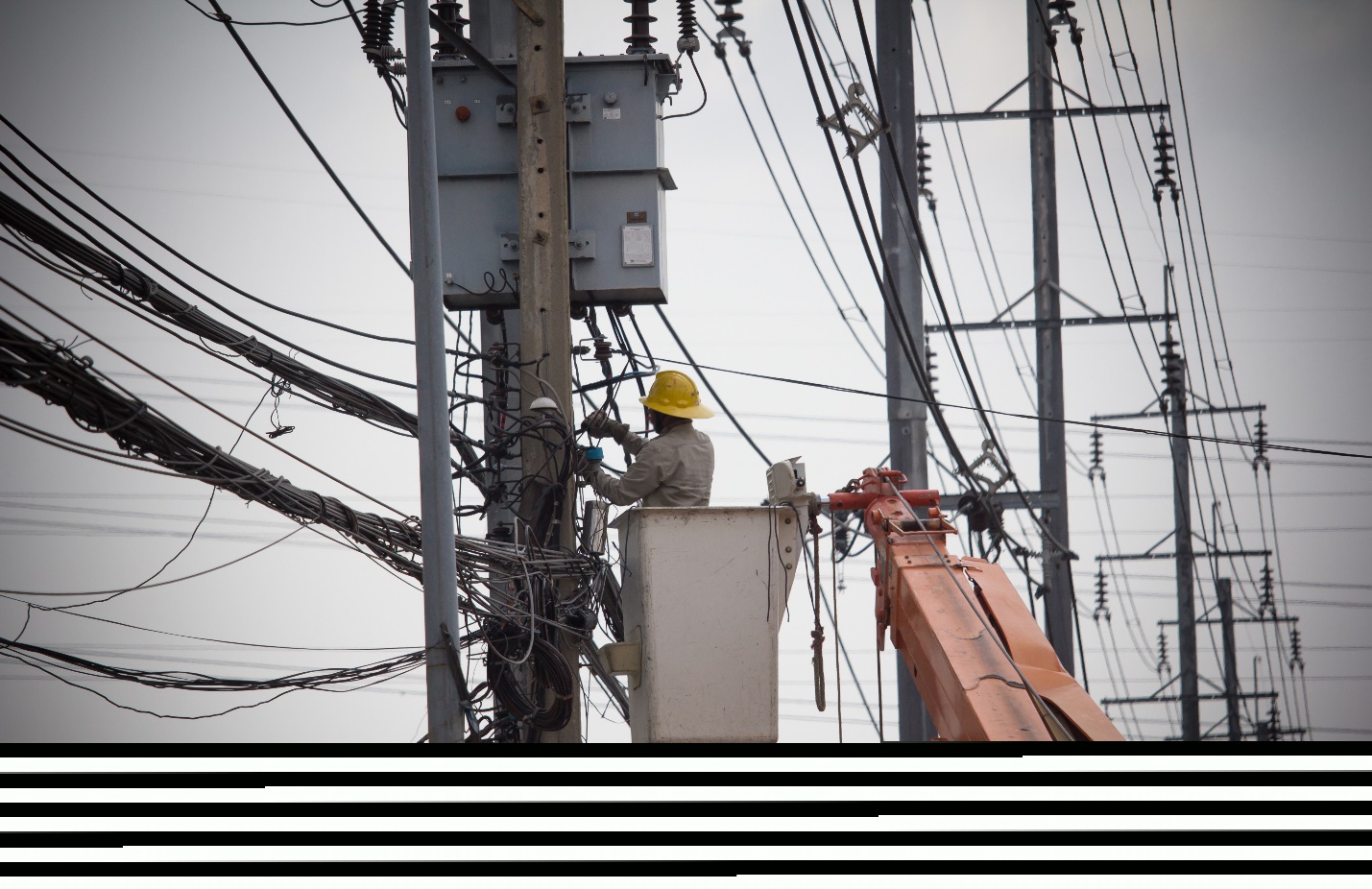When Will Mobile Networks Switch to 5G?

This week, technology innovators from around the world convened at CES 2019 to discuss, among other things, the future of mobile broadband. At the event, the cellular manufacturers Qualcomm and Intel both debuted impressive 5G-capable devices. These devices, and others, give us a preview of what it will look like when we switch to 5G.

The global standards body 3GPP introduced the first 5G NR mobile data specifications at the end of 2017. Now it’s time for carriers and cellular manufacturers to realize these standards in their devices and networks. While the future of 5G is still mostly potential, we know more about the new mobile broadband technology now than ever before.
Here’s the latest:
Mobile Devices Will Be Compatible With 5G in 2019
At CES 2019, Qualcomm showcased several 5G-capable hotspots. Samsung, too, showcased a prototype of its first 5G-compatible smartphone. Samsung plans to release this model, which Verizon and AT&T will both offer customers, this spring. As 2020 approaches, we’ll likely see more and more 5G-capable devices popping up from cutting-edge manufacturers like Samsung.
Because mmWave antennas are larger than the antennas that wireless devices currently use, devices that are compatible with 5G will be thicker and bigger than current devices. For example, new 5G-capable smartphones will probably be about as thick as the iPhone 4 (about 9.3 mm).

Carriers Will Debut 5G Networks in 2020
While competitors are ragging on AT&T for rolling out “fake” 5G networks that don’t conform to the 5G NR standard, other carriers are planning to roll out their 5G NR networks in 2020. Intel, for example, is currently at work developing a 5G network for the 2020 Summer Olympics in Tokyo.
- Sprint seems to be putting 5G on the backburner as it negotiates a merger with T-Mobile. Nevertheless, the carrier plans to provide 5G NR to major cities–including New York, NY, Phoenix, AZ, Kansas City, MO, Atlanta, GA, Chicago, IL, Houston, TX, Dallas, TX, Los Angeles, LA, and Washington, DC–this year.
- T-Mobile plans to launch 5G NR networks in an impressive 30 cities–including Los Angeles, CA, New York, NY, Las Vegas, NV, and Dallas, TX–this year. The carrier promises that, by 2020, it will offer nationwide 5G coverage to its customers.
- Verizon launched installed 5G in up to five cities–starting with Sacramento, CA and Los Angeles, CA–in 2018. These installed networks are not mobile. Unlike other carriers, which are focused on major urban markets, Verizon has also experimented with installed 5G in smaller cities like Brockton, MA, and Bernardsville, NJ.
- AT&T has received criticism from industry insiders for rebranding its 4G LTE networks as “5G Evolution” this year. AT&T customers even saw their network icon change from 4G LTE to 5G, even as the network technology remained the same.
Asia is Taking the Lead in 5G Development
In December 2018, Korean telecoms SK Telecom, LG Uplus, and KT simultaneously launched installed 5G in South Korea. These installed connections, like Verizon’s 5G networks, aren’t mobile. Nevertheless, a government report predicts that 5% of the country’s population will use 5G by 2020, 30% by 2021, and 90% by 2026.
China, too, is aggressively building and testing new 5G networks. The government’s “Made in China 2025 Plan” outlines the country’s dedication to mobile broadband development on a national level. As an industrial leader, the country no longer wants to play catch up when it comes to wireless internet technology. Instead, it wants to beat the US to 5G deployment.

In the 1990s, European countries took the lead in adopting 2G mobile broadband. Then, Japan took the reins in the 2000s when 3G took over. In the early 2010s, the US played a leading role in 4G development and implementation. Now, South Korea and China are taking a leading role in the development and implementation of 5G technology.





